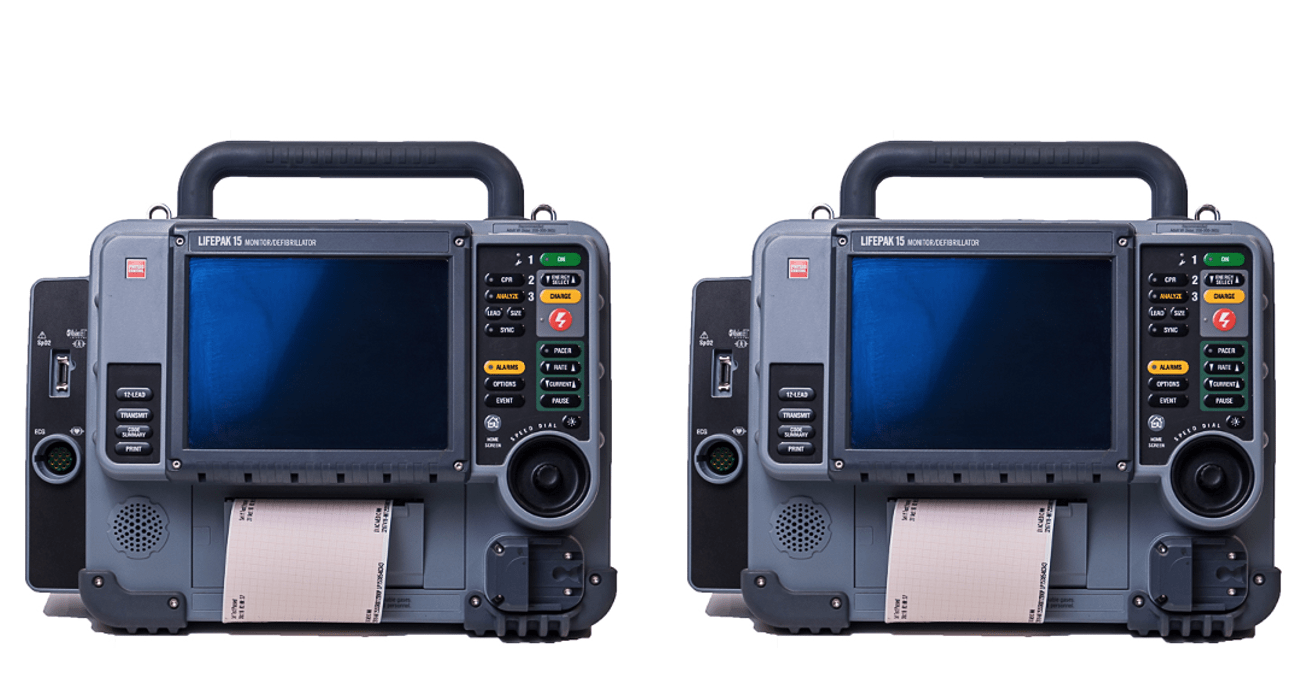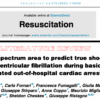We know that Double Sequential(DSED) External Defibrillation has been used primarily for the treatment of resistant ventricular arrhythmias. Here is a case study proposing its use in refractory atrial fibrillation(1)
The case discussed is of a 56 year old patient with a history of paroxysmal atrial fibrillation on the background of ischaemic cardiomyopathy. The patient presents with dyspnoea and fatigue and is in atrial fibrillation. This has previously been controlled on Amiodarone.
This patient presents a unique challenge as she has atrial fibrillation on the background of structural heart disease. Patients with structural heart disease may have an increased risk of stroke, death and heart failure(2).
This patient underwent transoesophageal echo guided cardioversion. However after several shocks at 360 Joules, the patient remained in the arrhythmia.
Double sequential external defibrillation was performed and the patient reverted with one shock and remained in sinus rhythm.
Now I’m not saying use this all the time. Where I might use it, is in those patients where reversion to sinus rhythm is an emergency and the normal use of a single defibrillator is not working.
References
- Richards T et al. Double Sequential External defibrillation: Underutilized in Refractory Atrial Fibrillation. JACC 2020 Vol 75; 11 pp 2823
- Darby A et al. management of Atrial Fibrillation in Patients with structural Heart Disease. Circulation Volume 125, Issue 7, 21 February 2012, Pages 945-957










